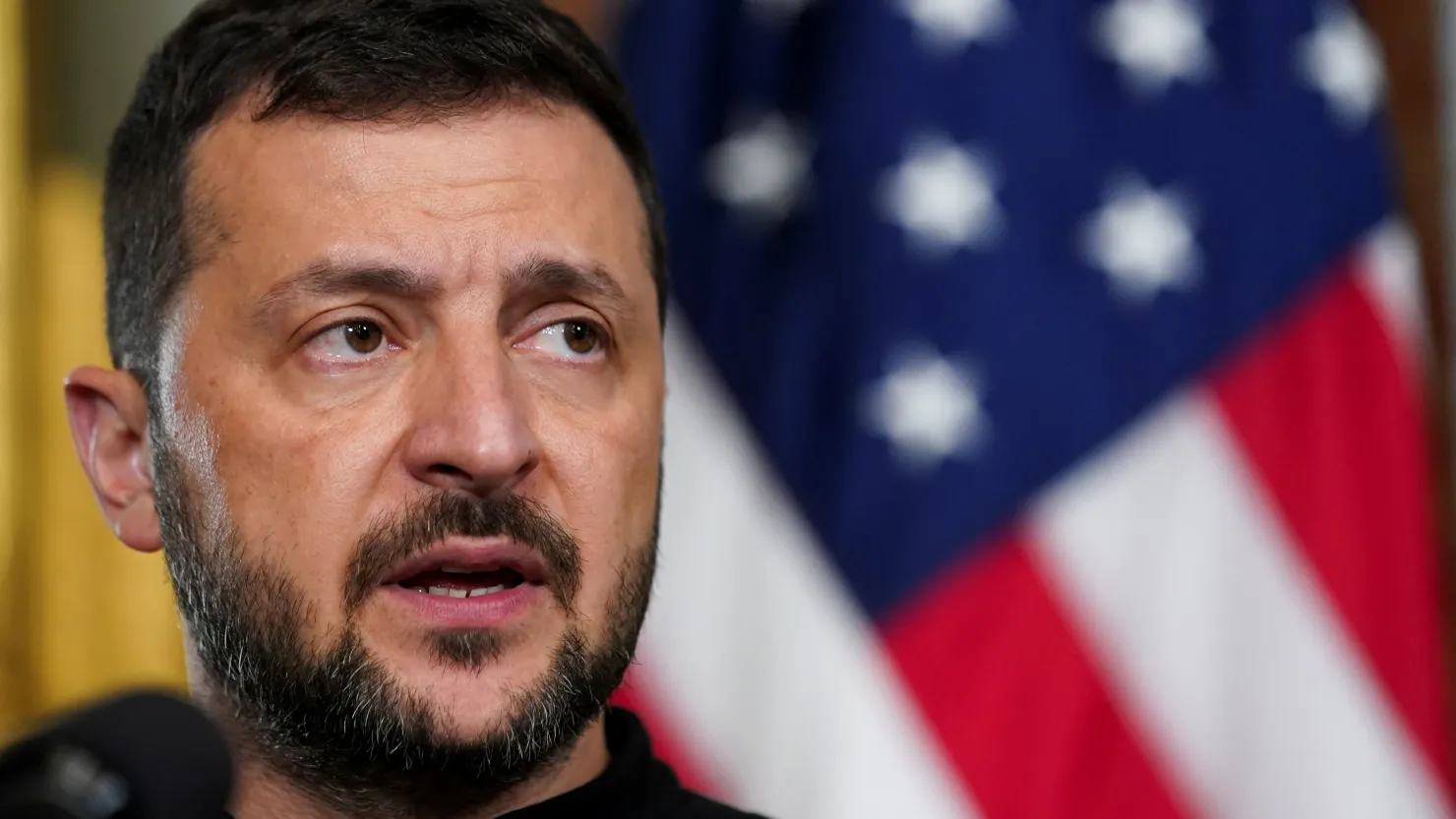President Joe Biden has given Ukraine the green light to use long-range ATACMS missiles, marking a significant shift in U.S. policy. This decision allows Ukraine to strike Russian targets, including those beyond its own borders, a move that President Volodymyr Zelensky had long advocated for.
The ATACMS Missiles: Key Details
The Army Tactical Missile System (ATACMS) has a range of up to 300 kilometres (approximately 186 miles). Until now, the U.S. had imposed restrictions on its use by Ukraine, primarily to avoid escalating the conflict with Russia. By lifting these restrictions, the Biden administration has provided Ukraine with a powerful tool to target Russian military positions deeper inside Russian territory.
Ukrainian Reactions: A Strategic Shift
Ukrainian President Zelensky responded to the approval with a terse remark: “Such things are not announced, missiles speak for themselves.” His statement reflects the importance of this shift in strategy, as the ability to strike Russian soil directly enhances Ukraine’s military position. Zelensky has been pressing the U.S. for months to allow Ukraine to use these missiles more freely in its fight against Russian forces.
Russian Concerns: Escalation and NATO Involvement
Russian President Vladimir Putin has previously warned that such a move would signify NATO’s direct participation in the war, something Russia sees as a significant escalation. While Putin has yet to comment on the U.S. decision, other Russian officials have condemned it as a serious provocation. The Kremlin’s concerns also center around the growing involvement of foreign forces, particularly North Korean troops, in Russia’s Kursk region.
The Context of Kursk: Defensive Strategy
Washington’s decision on ATACMS is framed as a defensive measure. Ukrainian forces have been engaged in an ongoing battle for the Kursk region in Russia, where Ukraine launched a surprise incursion in August. This move is seen as an effort to help Ukraine defend the territory it currently occupies, potentially using it as a bargaining chip in future negotiations. According to Ukrainian security expert Serhiy Kuzan, this decision is significant, though it won’t fundamentally alter the course of the war. Instead, it helps balance the military capabilities of both sides, making Ukraine’s forces more competitive.
Impact on Western Support: Storm Shadow Missiles
Biden’s approval also opens the door for Britain and France to allow Ukraine to use long-range Storm Shadow missiles within Russia. While neither country has officially responded to the U.S. decision yet, this development could further bolster Ukraine’s ability to strike Russian targets far from the front lines, potentially giving it more leverage in its military operations.
Intensifying Russian Strikes
The decision to approve ATACMS missiles comes amid a marked escalation in Russian military activity. In October, Russia launched a record number of more than 2,000 drone strikes on Ukraine, targeting both military and civilian infrastructure. On the night of the decision, Russian missile and drone strikes killed at least 18 people in Ukraine, including several children, showing the ongoing intensity of the conflict.
Biden’s Push for Continued Support
With the incoming Trump administration, there are growing concerns about the future of American support for Ukraine. Biden has been working to expedite military aid to Ukraine, but his successor, Donald Trump, has expressed opposition to continuing U.S. military support, calling it a drain on resources. Biden’s recent decision reflects an effort to ensure Ukraine has the necessary resources to defend itself before he leaves office in January 2025.
The Broader Implications
The Biden administration’s approval of ATACMS missiles is a critical moment in the Ukraine conflict. It provides Ukraine with a potent new capability, but also risks escalating tensions with Russia. The use of these missiles, along with potential support from European allies, could intensify the conflict in the coming months. The decision also highlights the balancing act the U.S. must navigate—supporting Ukraine’s defense while avoiding a broader confrontation with Russia.






